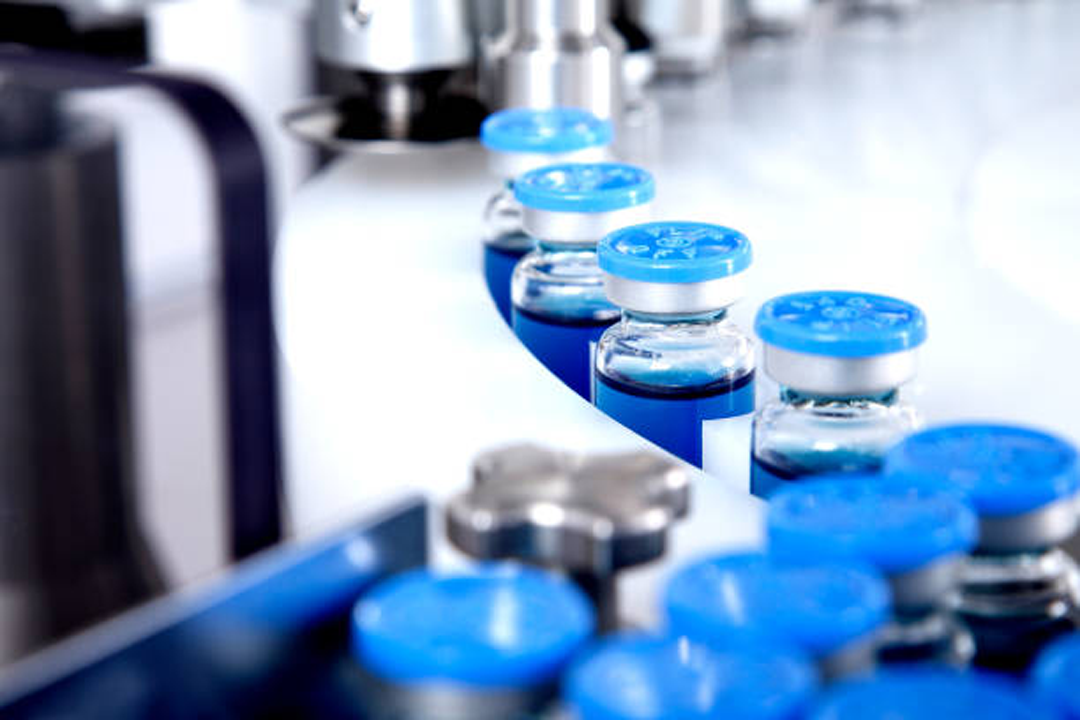
The journey of a drug from a mere concept to its availability on the market is a complex and meticulously regulated process that encompasses a series of critical stages. This pathway is essential for ensuring the safety and efficacy of pharmaceuticals and fostering innovation within medicine.
This narrative explores the multifaceted journey of drug development, emphasizing the pivotal phases and strategies integral to transforming a promising compound into a market-ready therapeutic solution.
The Genesis of Drug Discovery
The genesis of drug discovery marks the inception of the pharmaceutical development journey, where researchers utilize advanced scientific methodologies to unearth new compounds capable of combating diseases. Leveraging high-throughput screening, they rapidly evaluate myriad molecules for desirable therapeutic properties. Computational biology aids in predicting how these molecules interact with biological targets, while medicinal chemistry refines their structures to enhance efficacy and safety.
This integrative approach enables the identification of candidate compounds with potent therapeutic potential, setting the stage for their progression through the drug development pipeline.
Preclinical Research: Laying the Groundwork
Preclinical research serves as the foundational phase in drug development, bridging the gap between discovering potential therapeutic compounds and initiating human clinical trials. This stage is pivotal for elucidating the pharmacokinetics, which details the drug’s absorption, distribution, metabolism, and excretion within the body, and pharmacodynamics, which describes the biochemical and physiological effects of the drug, including its mechanism of action.
Conducted both in vitro, using cell cultures and other biological assays, and in vivo, utilizing animal models, preclinical studies provide a comprehensive evaluation of the compound’s safety profile and biological efficacy. These investigations enable researchers to identify toxicological concerns and optimize dosing regimens, laying the groundwork for safe and effective exploration in subsequent human trials.
The rigorous assessment during preclinical research is vital for ensuring that only the most promising candidates with a balanced efficacy and safety profile proceed to the next stages of development.
IND Optimization: A Strategic Milestone
Before a drug can enter clinical trials, a pivotal step involves optimizing INDs for Investigational New Drug applications. This process entails compiling and submitting a comprehensive package of data to regulatory authorities, such as the FDA in the United States. The data include results from preclinical studies, the drug’s manufacturing information, and the proposed clinical trial protocols.
Optimizing INDs is a strategic milestone in drug development, as it sets the stage for clinical trials by ensuring that all regulatory requirements are met and that the drug is safe to proceed to human testing.
Clinical Trials: The Heart of Drug Development
Clinical trials represent the heart of the drug development process, where the safety and efficacy of the drug are evaluated in humans. These trials are conducted in multiple phases:
- Phase I trials test the drug on a small group of healthy volunteers or patients to assess its safety, tolerability, and pharmacokinetics.
- Phase II trials involve a larger group of patients, aiming to evaluate the drug’s efficacy and further assess its safety.
- Phase III trials are expanded studies that compare the new drug to standard treatments or a placebo to confirm its efficacy, monitor side effects, and collect information that will allow the drug to be used safely.
AI software is increasingly playing a crucial role in patient recruitment for clinical trials, streamlining the process by identifying eligible participants efficiently. By analyzing vast amounts of medical data and applying predictive algorithms, AI tools can quickly ascertain individuals who meet specific trial criteria. This technology not only speeds up the recruitment process but also improves the accuracy of participant selection, ensuring a higher quality of data and adherence to regulatory standards.
Regulatory Review: The Final Hurdle
Upon successful completion of clinical trials, the drug sponsor submits a New Drug Application (NDA) or Biologics License Application (BLA) to regulatory agencies. This submission includes all preclinical and clinical studies data, information on how the drug behaves in the body, and how it is manufactured, processed, and packaged.
Regulatory authorities thoroughly review this data to determine whether the drug is safe and effective for its intended use and whether the manufacturing process ensures the product’s quality and consistency.
Market Approval and Post-Marketing Surveillance
Once regulatory authorities have approved a drug, it can be marketed to the public. However, the journey doesn’t end here. Post-marketing surveillance, also known as Phase IV trials, continues to monitor the drug’s safety and effectiveness in a larger, more diverse population over a more extended period. This phase can lead to further insights into the drug’s clinical use and may result in updates to its labeling, such as new indications, dosing recommendations, or safety warnings.
Conclusion
The path from drug concept to market is intricate, governed by stringent regulatory standards to ensure that only safe and effective therapies reach patients. This journey involves collaboration among scientists, medical professionals, regulatory experts, and patients. Despite the challenges and the high level of investment required, developing new drugs is essential for advancing medical science and improving patient care.
Through continuous innovation and adherence to rigorous development protocols, the pharmaceutical industry strives to bring novel, life-saving treatments to the market, ultimately enhancing the quality of life for individuals around the globe.
Comments
comments